Around the world, young people enjoy playing the sport of soccer. It’s a great way to improve physical fitness, foster teamwork, and have fun. It’s critical for parents and coaches of soccer players to comprehend the expectations and duties of youth soccer positions.
There are 11 players in a professional soccer match, but the number varies at the youth level. Depending on the size of the field and the number of players, the number of players can range from 5 to 11.
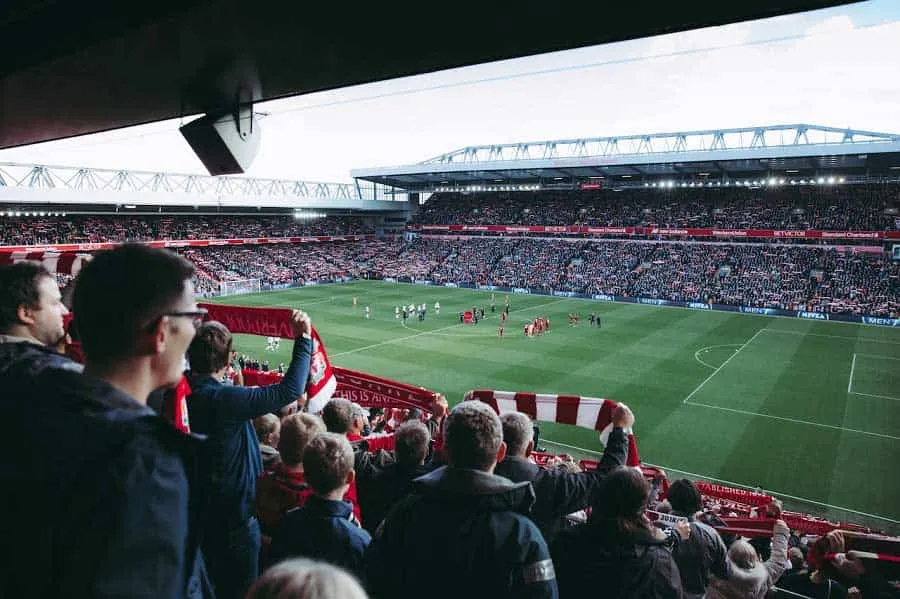
Understanding the positions and formations can help young soccer players perform to the best of their abilities because each position has a specific function.
Soccer is a team sport where players must work together and utilize their skills to win. For players and coaches at all levels, comprehension of soccer positions and duties is essential.
Soccer players in youth leagues must know their various roles and positions on the field. They will be able to understand the game better, make wiser choices on the field, and develop in their chosen position. Additionally, it can help coaches make educated decisions about player placement and strategy.
Introducing basic soccer positions
Whether you’re a coach trying to build a competitive youth team or a player looking to develop your skills, knowing the different soccer player positions is crucial for success.
This blog post will examine various positions and their functions in the industry. We’ll discuss the positions of the goalkeeper, defender, midfielder, and forwards and provide suggestions for all players looking to advance their abilities in each.
Goalkeeper
The only player permitted to use their hands on the field is the goalkeeper, who serves as the final line of defense for the soccer team. Their major duty is to preserve a clean sheet by preventing goals from being scored by the other side. They do this by making saves or by diverting shots out of the playing area.
To succeed in this position, a goalkeeper must possess various abilities, including agility, quick reflexes, and decision-making capacity. To position themselves effectively, they must also be able to read the game and predict the movements of their opponents.
Young goalkeepers can take a few crucial steps to advance their abilities. Make practicing saves one of your top priorities. To do this, practice different saves with various balls (such as tennis balls or smaller soccer balls) (such as diving to the left or right or using their feet to deflect a shot).
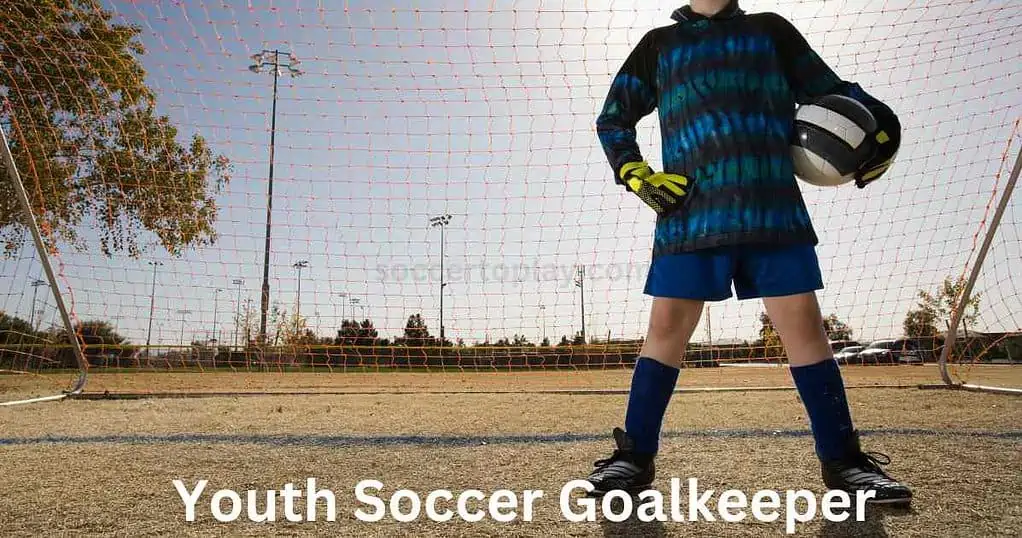
Goalkeepers in their early years should practice both their footwork and making saves. To move more quickly and cover more ground involves practicing quick and agile movements. Ball handling, catching, and accurately passing the ball to teammates are additional skills that need improvement.
Finally, young goalkeepers need to maintain their composure and confidence under pressure. Practice and learning to concentrate and stay focused during games can help with this.
Many factors go into being an effective goalkeeper, but with commitment and effort, young soccer players can acquire the abilities and traits necessary to succeed in this crucial position.
Defender
Defenders are crucial in soccer because their main duty is to defend their own goals while assisting the other players on the youth team. By starting counterattacks or passing the ball to their teammates, they are responsible for stopping the opposing team from scoring and assisting at the beginning of attacks.
In youth soccer, there are various defensive positions, each with a distinct set of duties. The team’s tallest and strongest players, center backs, or central defenders, are in charge of marking the opposing forwards and keeping them from slipping behind the defense.
Fullbacks, also referred to as wingbacks, offer defensive protection on the flanks and, when possible, assist the attack. Because they play higher on the field and are more involved in attacking duties, wingbacks are comparable to fullbacks.
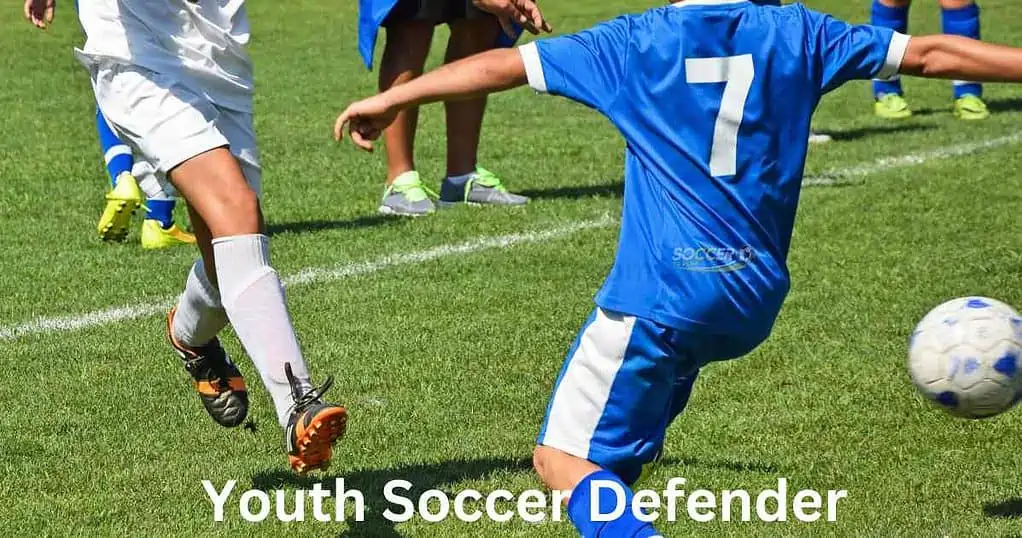
To enhance their defensive skills, young defenders should practice positioning, tackling, and marking opponents. Good positioning includes knowing where to stand to repel attacks and effectively assist teammates. Defenders should be adept at tackling because it allows them to disarm opponents and regain possession for their team.
It is challenging for players to receive the ball or run into open spaces when they are closely guarded and followed.
Defenders should practice reading the game, anticipating opponents’ moves, and communicating with their teammates. By honing these abilities and engaging in regular practice, young players can develop into powerful and successful defenders.
Midfielder
Because they serve as a conduit between the defense and the attack, midfielders are essential in soccer. They are responsible for transferring the ball from one end of the field to the other and supporting the attack and defense.
There are various categories of midfielders, and each has specific duties on the field. In addition to helping the defense, central midfielders—also referred to as defensive midfielders—are responsible for passing the ball to the forwards.
Attacking midfielders, also called creative midfielders, help their team attack and create scoring opportunities. Defenders and attack stoppers are the duties of defensive midfielders, also called holding midfielders.
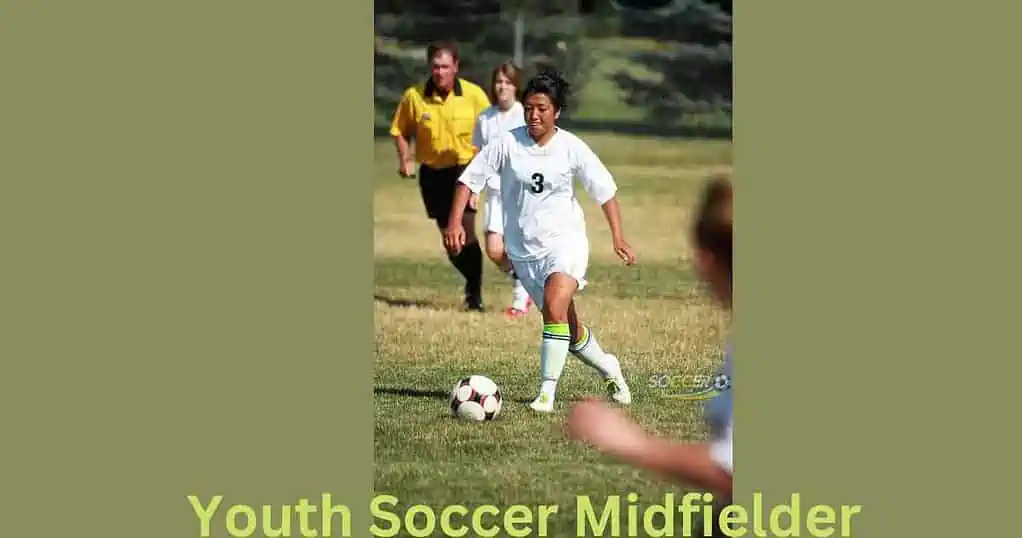
Attacking and defending are balanced by the left and right midfielders, who frequently cross into the area to set up scoring opportunities. These players, positioned close to the touchlines, can deliver the ball into the opposition’s penalty area or exert pressure to stop incoming crosses.
Younger players should practice ball control, passing, and movement off the ball to develop their midfield abilities. Effective receiving and control of the ball are necessary for good ball control, whereas passing involves properly distributing the ball to teammates.
Midfielders must move off the ball to make room for themselves and their teammates and position themselves to receive it.
Midfielders should practice reading the game, anticipating opponents’ moves, and communicating with their teammates. By honing these skills and practicing frequently, young players can develop into valuable and productive midfielders.
Forward
The players on a soccer team who are in charge of scoring goals and setting up scoring opportunities for their teammates are known as forwards. They are expected to be precise in front of the goal despite frequently being the most aggressive players on the field. A true forward usually wears the number 9 jersey.
There are several different types of forwards in a soccer match, each with a specific role. Center forwards, also referred to as strikers or center forwards, are responsible for directing the offense and are frequently the team’s leading goal scorers.
The task of wingers also referred to as wide forwards, is to open up space and take on the opposing fullbacks. Attacking midfielders also referred to as creative midfielders or attacking midfielders, are responsible for setting up scoring opportunities for the team and taking part in the attack.
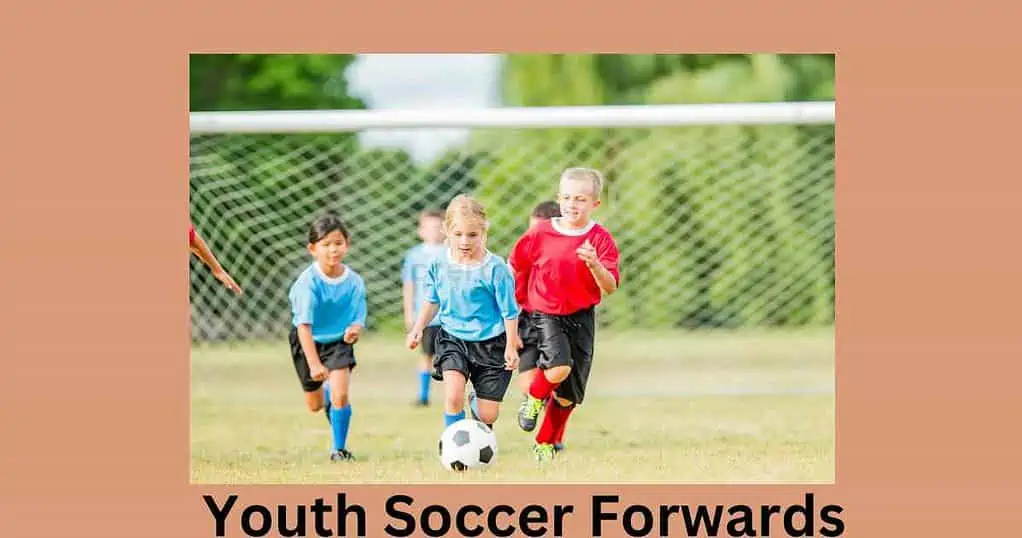
To develop their attacking skills, young players should practice shooting, dribbling, and finishing. Shooting requires hitting the ball precisely and with power, whereas dribbling calls for controlling and tackling opponents. Finishing, also referred to as goal-scoring, is the capacity to score when presented with a scoring opportunity.
They must improve their ability to move off the ball, read the game, and communicate with teammates. By honing these abilities and engaging in regular practice, young players can develop into clinical and dangerous forwards.
For players and coaches at all levels, knowledge of the various soccer formations and their functions on the field is essential. Success on the field depends on knowing your duties and how you fit into the overall team strategy, whether you’re a goalkeeper, defender, midfielder, or forward.
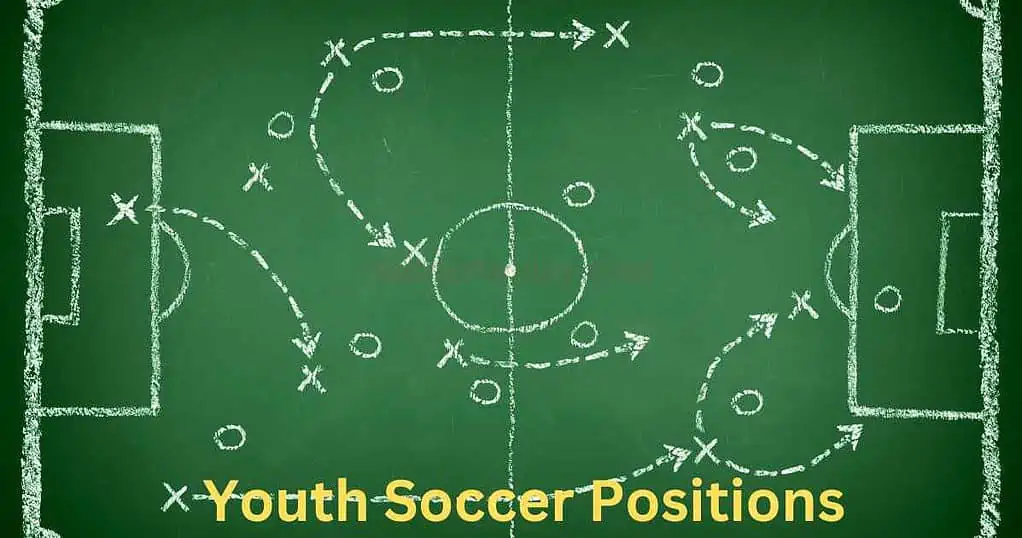
Young players can learn, have fun, and improve their sense of teamwork by playing soccer. Young soccer players can learn how to play in the proper positions and comprehend their duties on the field with the right coaching.
Soccer parents can better understand the game and how to support their kids by understanding the various positions and formations.
Every youth soccer position has a specific set of duties, from the defensive line preventing the ball from reaching the goal to the center midfielder occupying the middle of the field.
Young soccer players can learn how to play the game correctly and comprehend the significance of each position with the proper instruction.


